Barbacoa Mexicana: The Spice-Fueled Secret Behind Mexico’s Juiciest Meat Tradition
Table of Contents
- Introduction: What Makes Barbacoa Mexicana So Special?
- The Holy Trinity of Spices in Barbacoa
- Choosing the Right Cut: From Cheeks to Shoulders
- How to Cook Like a Local: Slow, Steamy, and Flavorful
- Pro Tips for Perfecting Your Home Barbacoa
- Serving Barbacoa the Traditional Way (and Modern Twists)
- Beyond the Plate: The Cultural Roots of Barbacoa
- Conclusion: Bring the Magic of Mexican Spices to Your Kitchen
Introduction: What Makes Barbacoa Mexicana So Special?
If you’ve ever sunk your teeth into melt-in-your-mouth beef so tender it practically whispers “thank you,” you’ve experienced the magic of barbacoa mexicana. This centuries-old cooking technique—steeped in tradition, spice, and slow-smoked love—is more than just meat. It’s a cultural celebration wrapped in banana leaves and buried underground.
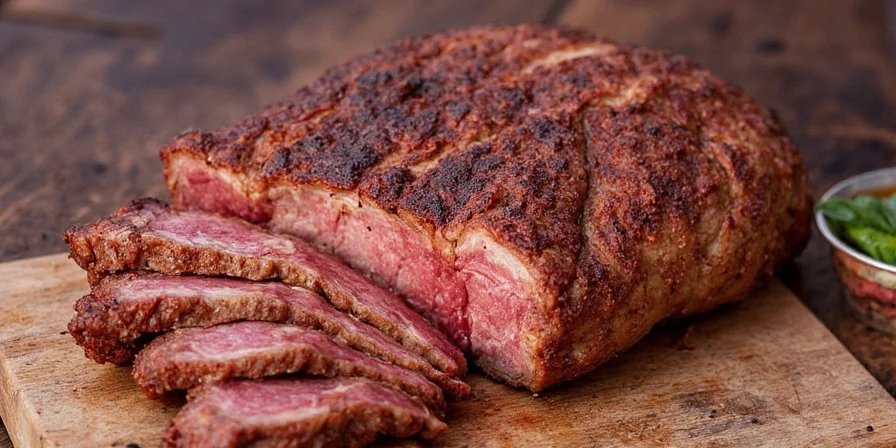
The Holy Trinity of Spices in Barbacoa
Let’s get real—barbacoa wouldn’t be barbacoa without its signature spice blend. These ingredients are not just flavors; they’re aromas that awaken memories, appetites, and maybe even ancestors.
| Spice | Flavor Profile | Cultural Significance |
|---|---|---|
| Guajillo Chili | Bright, tangy, slightly sweet | Used for centuries in central and northern Mexico; provides depth and color |
| Garlic | Pungent, earthy, bold | A staple in many Mexican dishes; enhances the richness of meats |
| Black Pepper | Sharp, peppery, warming | Brings heat and balances sweetness from dried chilies |
Some recipes might throw in cumin, oregano, or even a splash of vinegar or orange juice for brightness. But these three? They’re the MVPs.
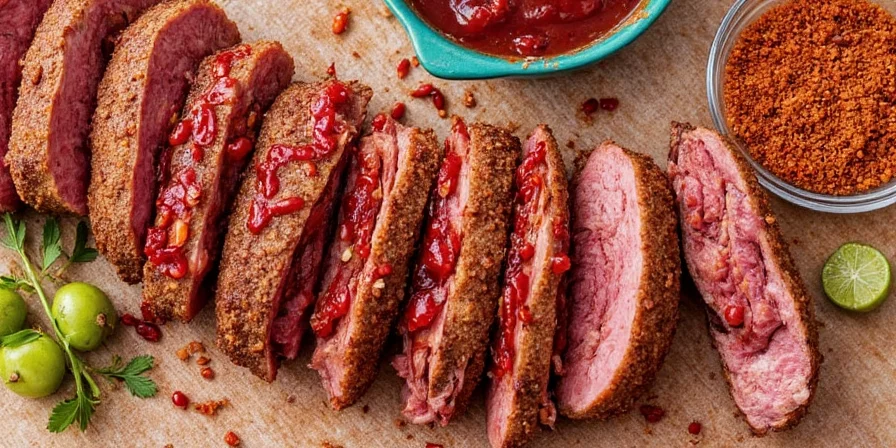
Choosing the Right Cut: From Cheeks to Shoulders
Barbacoa is all about patience—and the right cut of meat. Here’s a quick cheat sheet:
- Beef Cheek: Melts like butter, ultra-rich, perfect for tacos al pastor-style
- Beef Shoulder (Cachete): Fatty, flavorful, ideal for slow roasting
- Lamb (in Northern Mexico): Earthy and aromatic when spiced right
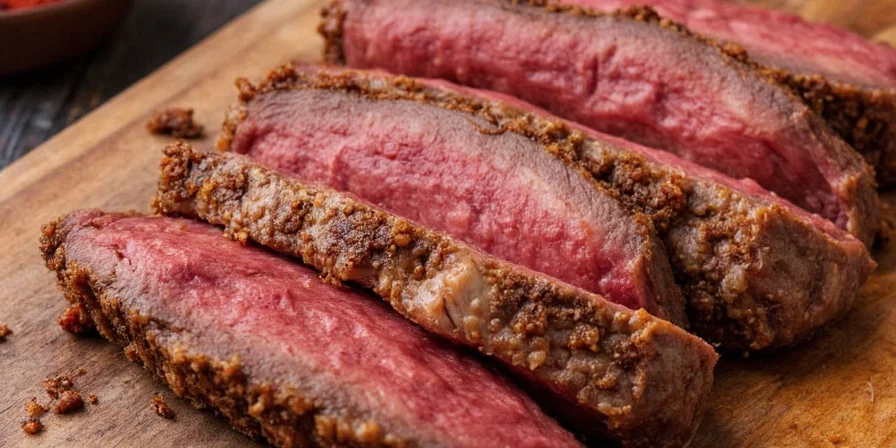
How to Cook Like a Local: Slow, Steamy, and Flavorful
True barbacoa was traditionally cooked in an underground pit lined with hot rocks and covered with maguey leaves. But let’s face it—most of us don’t have a pit in our backyards. That doesn’t mean we can’t recreate the magic!
Traditional Pit vs. Modern Methods
| Method | Pros | Cons |
|---|---|---|
| Underground Pit | Authentic smoky flavor, slow cook perfection | Labor-intensive, requires space, fire control skills |
| Oven Braise | Easy, consistent results, indoor-friendly | Less smokiness, needs extra flavor boosting |
| Slow Cooker | Convenient, set-it-and-forget-it | Can dry out meat if overcooked |
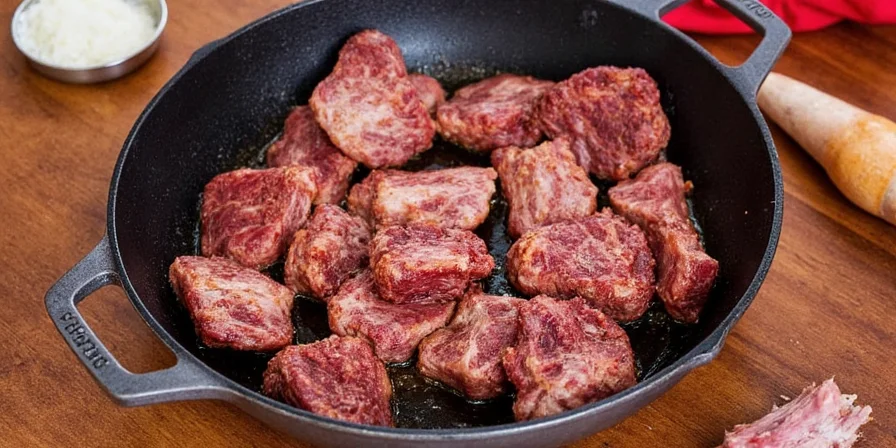
Pro Tips for Perfecting Your Home Barbacoa
- Marinate overnight: Letting the meat sit in spices ensures deep flavor penetration.
- Use banana or maguey leaves: Wrap the meat in these leaves for a traditional, steamy aroma.
- Low and slow wins the race: Keep temperatures around 300°F (150°C) for at least 3–4 hours.
- Skim impurities: During the first hour of cooking, remove any foam or scum that rises to the surface.
- Baste frequently: Spoon juices over the meat while cooking for maximum moisture.

Serving Barbacoa the Traditional Way (and Modern Twists)
Traditionally served on weekends in central Mexico, especially on Sundays, barbacoa is often paired with:
- Tortillas: Warm corn tortillas are a must.
- Onion and cilantro: A fresh contrast to rich meat.
- Salsas: Rojo or verde, pick your poison—or both.
- Consommé: The flavorful broth skimmed off during cooking is sipped as a soup or used as a base for stews.
But hey, this is your kitchen. Try some of these modern takes:
- Barbacoa Tacos with Pickled Jalapeños
- Barbacoa Quesadillas with Oaxaca cheese
- Barbacoa Breakfast Burrito with eggs and avocado
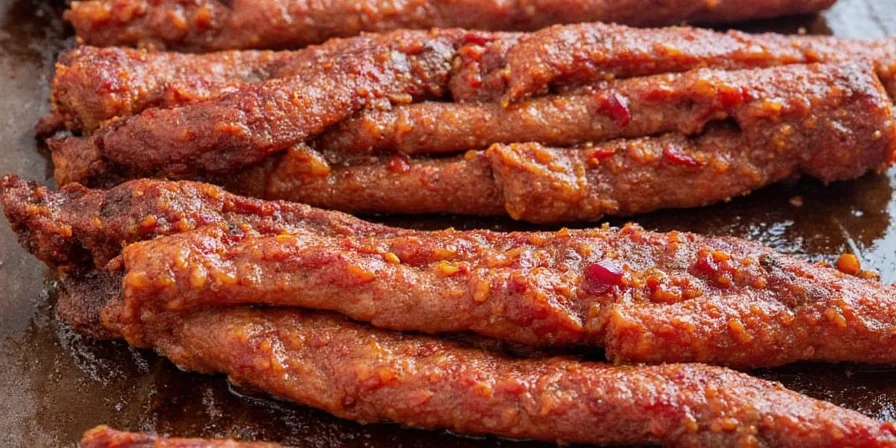
Beyond the Plate: The Cultural Roots of Barbacoa
The word “barbacoa” comes from the indigenous Taíno people, who used the term to describe a wooden frame used for drying and smoking meat. When Spanish colonizers arrived, they adopted the technique—and over time, it evolved into what we now know as barbacoa mexicana.
In places like Hidalgo and Michoacán, barbacoa is more than food—it’s ritual. Families gather before dawn, the smell of wood smoke and simmering meat rising with the sun. The consommé is ladled into bowls, and life slows down just enough to enjoy every bite.
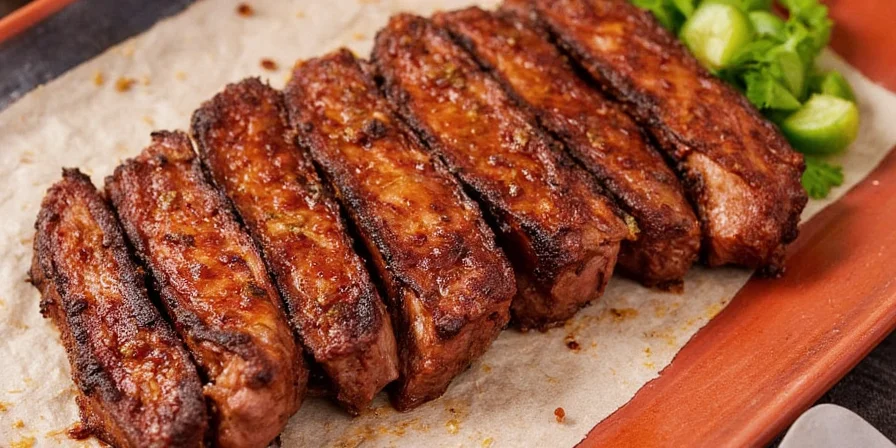
Conclusion: Bring the Magic of Mexican Spices to Your Kitchen
Whether you're going full pit master or opting for your trusty Dutch oven, mastering the art of barbacoa mexicana means embracing the soul of Mexican spice traditions. With the right mix of guajillo, garlic, and black pepper, a patient cook, and a love for sharing meals, you’re not just making dinner—you’re crafting a memory.
So go ahead. Marinate that beef. Preheat your oven. Tear up some warm tortillas. And remember: true flavor takes time—but oh, is it worth it.
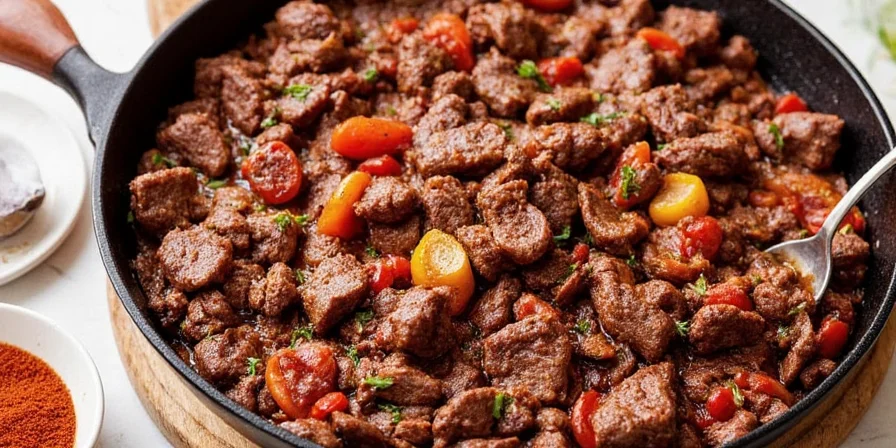

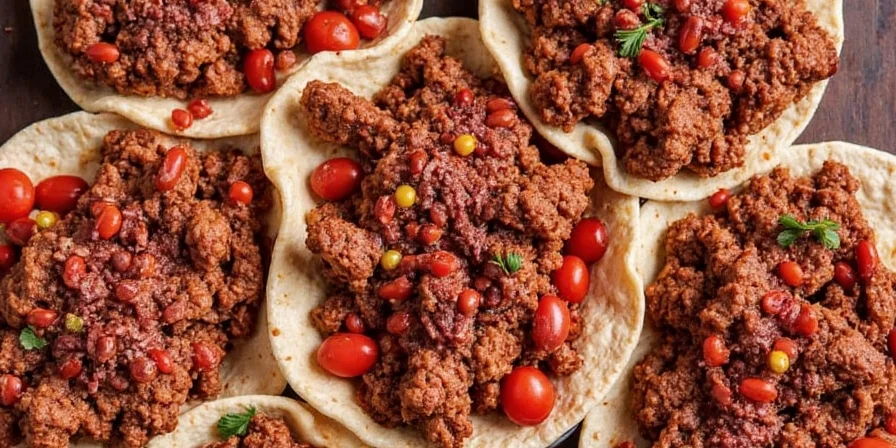









 浙公网安备
33010002000092号
浙公网安备
33010002000092号 浙B2-20120091-4
浙B2-20120091-4